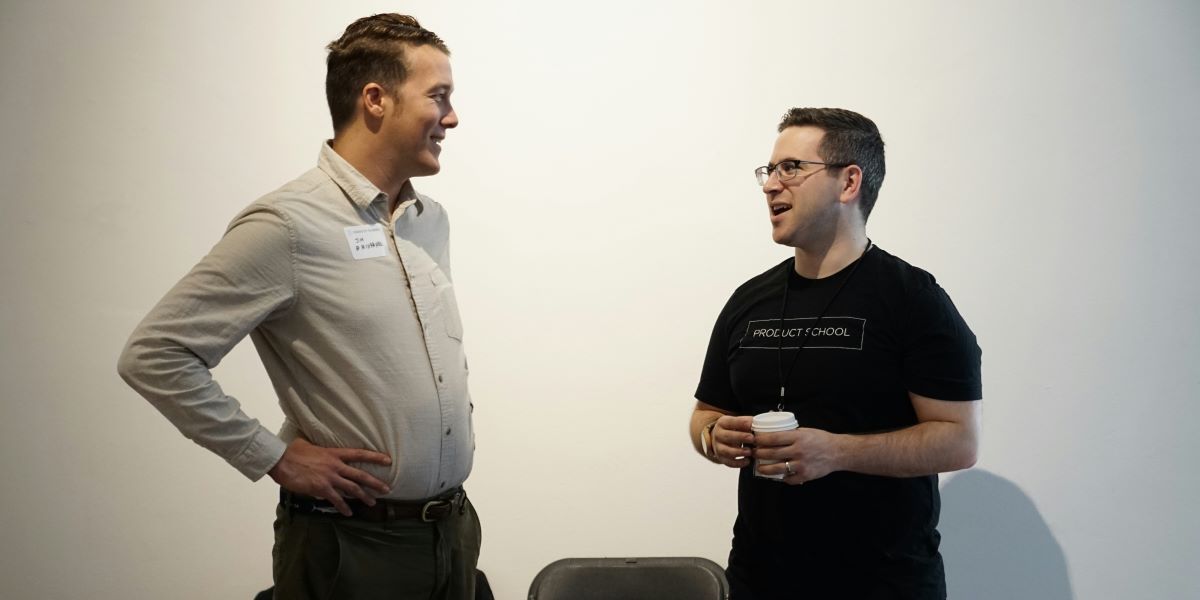Cost Savings Over Time: Why Artificial Turf Is A Smart Choice For Texas Homeowners
For homeowners in Texas, maintaining a lush, green lawn can often be an expensive and time-consuming endeavor. Traditional grass lawns require constant attention, from regular watering to ongoing maintenance, including mowing, fertilizing, and pest control. In contrast, artificial turf presents a long-term, cost-effective solution that may reduce the need for these services. This article will explore how artificial turf could result in significant savings over time for Texas homeowners, with a particular focus on the financial benefits in areas such as water conservation, maintenance, and lawn care products. Homeowners in Fort Worth, Texas, might benefit from the expertise of a reputable Turf Company Fort Worth to explore their options.
Water Conservation and Savings
One of the most immediate and potentially impactful benefits of artificial turf is the reduction in water usage. Texas is known for its hot summers and periodic drought conditions, which sometimes lead to water restrictions in many areas. Traditional grass lawns typically need regular watering to stay green, often requiring hundreds of gallons of water each week, especially during the hotter months.
In contrast, artificial turf generally requires no watering. Once installed, it can remain green and pristine year-round, regardless of the weather. This may result in substantial savings on water bills, which are often a significant expense for homeowners in Texas, particularly in drought-prone areas. Over time, the savings on water bills might offset the initial installation costs of artificial turf, making it an appealing option for homeowners looking to reduce their environmental impact and utility costs.
Reduced Maintenance Costs
Maintaining a natural grass lawn involves ongoing costs for mowing, fertilizing, aerating, and treating the lawn for pests. For homeowners in Texas, these costs can add up, especially when factoring in the expense of lawn care services or the purchase of various lawn care products. Beyond financial costs, regular lawn maintenance requires significant time and effort, particularly for homeowners with large yards.
Artificial turf can eliminate many of these maintenance tasks, potentially reducing the amount of time, effort, and money spent on lawn care. There is no need for mowing, which could save on fuel and the wear and tear of lawnmowers. Additionally, homeowners may no longer need to purchase fertilizers, pesticides, or herbicides to maintain the appearance of their lawn, as artificial turf typically does not require such treatments.
The minimal upkeep for artificial turf usually involves occasional brushing or rinsing off debris, making it a lower-maintenance alternative to a traditional grass lawn. This reduction in time and financial commitment for maintenance could be a significant factor in the long-term cost savings of artificial turf.
Longevity and Durability
While the upfront cost of artificial turf installation might be higher than traditional sod, it is important to consider the long-term value it could offer. Artificial turf is designed to last for many years—often estimated at 15 to 20 years or more—without significant signs of wear or fading. This durability can be especially advantageous for Texas homeowners, where the combination of extreme temperatures, intense sunlight, and occasional drought can take a toll on natural grass.
In comparison, a traditional grass lawn often requires frequent replanting and reseeding, especially in areas that experience harsh weather conditions. This ongoing investment in replacing dead or damaged grass could surpass the cost of installing artificial turf over time. With minimal degradation, artificial turf provides homeowners with a consistent, green lawn without the recurring expenses of reseeding or patching up bare spots.
Comparison of Upfront Costs and Lifetime Savings
The upfront costs of installing artificial turf can vary depending on the size of the area and the specific materials used. However, when compared to the ongoing expenses of maintaining a natural lawn, artificial turf may prove to be a smart investment over time. Homeowners might recoup their initial investment through savings on water, lawn care products, and maintenance services, often within a few years of installation.
Additionally, the long lifespan of artificial turf means that homeowners could continue to enjoy these savings for decades without the need to replant or replace the turf. Given Texas’s climate and the challenges associated with maintaining natural grass, artificial turf offers a financially sustainable and environmentally friendly alternative for homeowners looking to reduce their long-term lawn care costs.
For those considering artificial turf as an option for their home, it’s important to consult with a professional turf company Fort Worth, such as Turf and Design, to explore the great options for their needs.
Summary
In conclusion, artificial turf presents a compelling investment for Texas homeowners looking to save on water, reduce maintenance costs, and enjoy a durable, long-lasting lawn. While the initial installation may involve a higher price tag, the long-term financial benefits could outweigh the costs. By minimizing the need for frequent watering, mowing, and purchasing lawn care products, homeowners may achieve significant savings over time. For more information on how artificial turf might benefit your home, visit Turf and Design’s website, connect with them on Facebook, or follow them on Instagram.
Published by Jeremy S.





